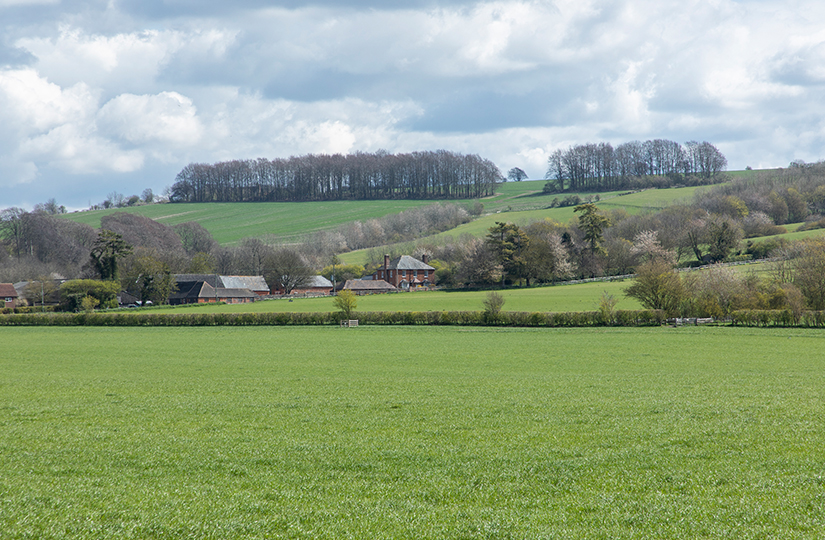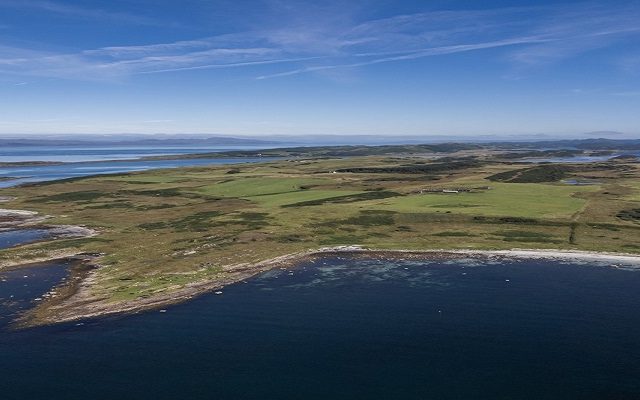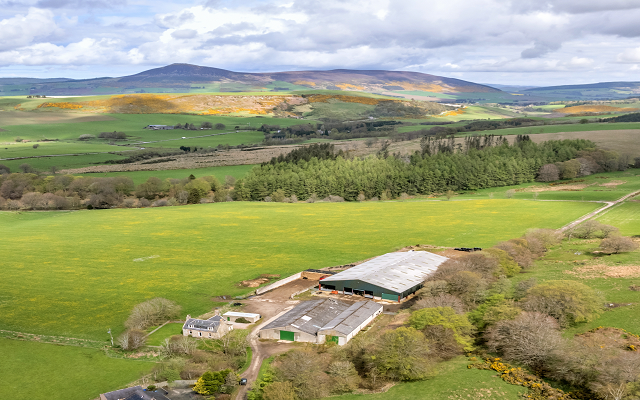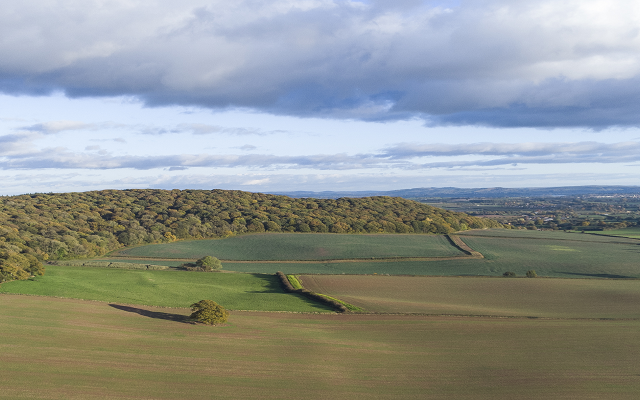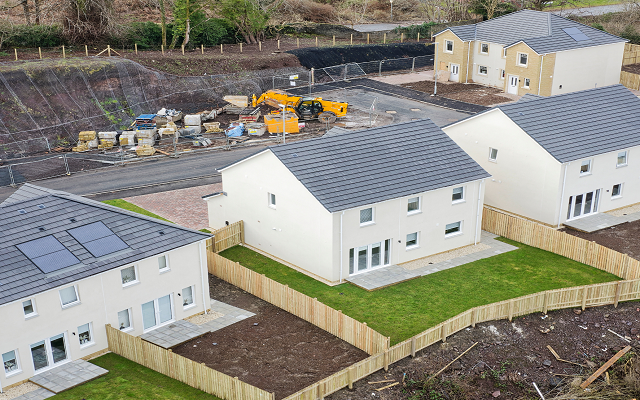Green investment in farmland rises
The number of people looking to buy farmland so they can manage it to improve biodiversity or generate carbon credits is on the rise, according to Strutt & Parker’s latest English Estates & Farmland Market Review (Q1 2021)
One of the most notable developments in the marketplace for land, farms and estates over recent months has been increased demand from green investors looking at alternative land uses to food production.
They still represent a very small subset of the market, but it does look as if that proportion is set to grow. We now receive phone calls on almost a daily basis from buyers interested in purchasing land to be managed environmentally – with their plans involving tree planting, rewilding and other conservation and carbon-offset projects.
Interestingly, such buyers are starting to become active in lowland areas of England, as well as the uplands. Growth in environmental land investment is a trend we are also seeing in Scotland and Wales.
TYPE OF BUYERS OF LAND, FARMS AND ESTATES
Analysis of Strutt & Parker’s Farmland Database, which records the details of all farms, estates and blocks of publicly marketed farmland in England over 100 acres in size, shows that while farmers remain the biggest buyers of land, non-farmers are playing an increasingly big role in the market.
The proportion of farms and estates bought by farmers has dropped to 52% which is its lowest level since Strutt & Parker’s survey started over 20 years ago. Conversely, the proportion bought by lifestyle buyers and private investors has risen to its highest level – accounting for 47%.
This category includes investors who buy land for privacy and amenity reasons, those who see land as a safe asset in which to store their wealth and individuals who have made capital gains from the sale of land for development and want to roll over funds. Non-farmers are now the main type of buyer in the South East and South West of England.
AVERAGE LAND PRICES
With demand remaining relatively robust, this means prices have remained virtually unchanged at an average of £9,200/acre for arable land and £7,000/acre for pasture. However, prices continue to be very variable around these averages, depending on supply and demand within a localised area.
Read our full market update for:
- Market outlook.
- Supply of farmland.
- What demand levels are like and from which buyers.
